Home>Articles>How Long Do You Cook Fish On A George Foreman Grill
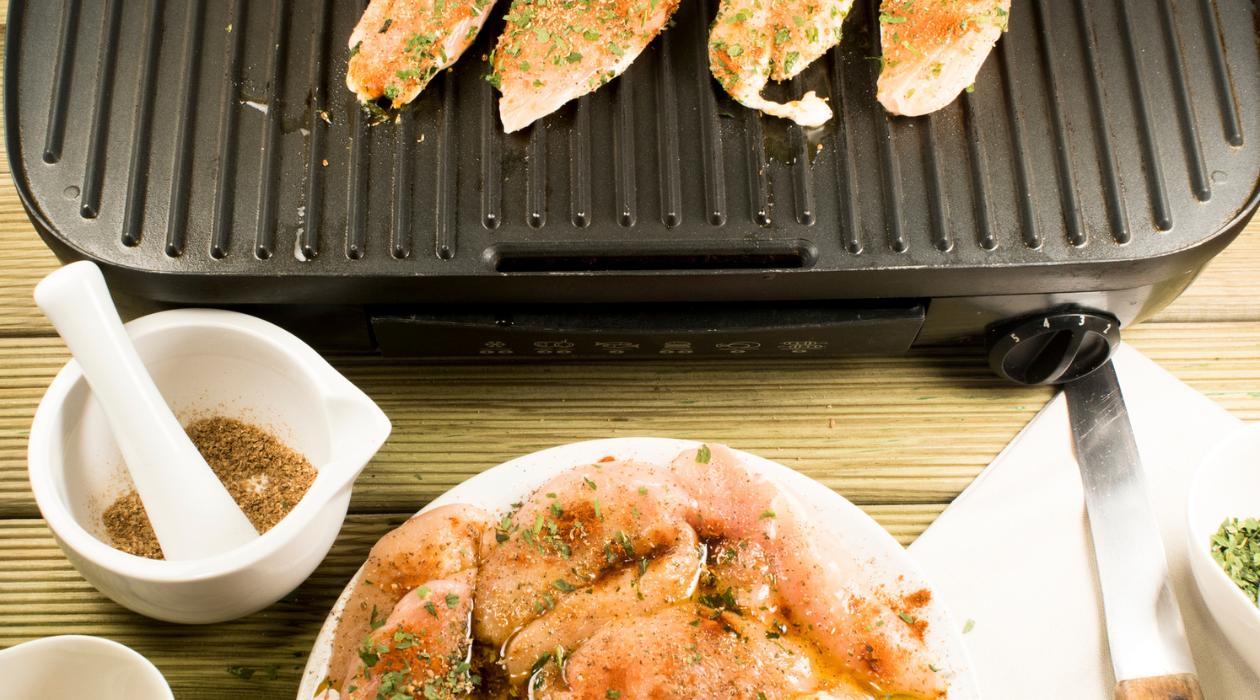

Articles
How Long Do You Cook Fish On A George Foreman Grill
Modified: May 6, 2024
Looking for articles on how long to cook fish on a George Foreman grill? Discover the perfect cooking time for your favorite seafood with our helpful tips and guides.
(Many of the links in this article redirect to a specific reviewed product. Your purchase of these products through affiliate links helps to generate commission for Storables.com, at no extra cost. Learn more)
Introduction
When it comes to searing and grilling food to perfection, the George Foreman Grill has become a household name. This innovative cooking appliance, invented by former heavyweight boxing champion George Foreman, offers a convenient and efficient way to cook a variety of dishes, including fish.
Cooking fish on a George Foreman Grill not only provides a quick and hassle-free cooking experience but also yields delicious results. In this article, we will explore the benefits of using a George Foreman Grill for cooking fish and provide a step-by-step guide on how long you should cook different types of fish on this versatile grill.
Whether you’re a seafood lover or simply looking to incorporate more healthy proteins into your diet, cooking fish on a George Foreman Grill is a fantastic option. The grill’s unique design allows for even heat distribution, ensuring that your fish is cooked thoroughly and evenly.
Not only does the George Foreman Grill cook fish quickly, but it also helps preserve its natural flavors and juices. The cooking process seals in the moisture, resulting in tender and succulent fish that is bursting with flavor.
Another benefit of using a George Foreman Grill for cooking fish is its convenience. The grill’s non-stick surface requires minimal oil, making it a healthier alternative to traditional frying methods. Additionally, the grill’s compact size and easy cleanup make it perfect for those with limited kitchen space or who prefer a hassle-free cooking experience.
Now that we understand the advantages of using a George Foreman Grill for cooking fish, let’s dive into the specifics of cooking time for different types of fish on this remarkable cooking appliance.
Key Takeaways:
- Cooking fish on a George Foreman Grill offers quick, efficient, and healthier results, preserving moisture and flavor while providing a convenient and user-friendly cooking experience. The grill’s versatility extends beyond fish, making it a valuable addition to any kitchen.
- Achieving perfectly cooked fish on a George Foreman Grill involves preheating, seasoning, and monitoring cooking times based on fish type and thickness. Proper cleaning and maintenance are essential for ensuring the grill’s longevity and optimal performance.
Benefits of Using a George Foreman Grill for Cooking Fish
Cooking fish on a George Foreman Grill offers several advantages that make it a popular choice for seafood enthusiasts. Here are some of the key benefits of using this grill for cooking fish:
- Quick and Efficient: The George Foreman Grill is known for its rapid cooking capabilities. When it comes to fish, this means you can have a delicious, perfectly cooked meal in a matter of minutes. The grill’s electric heating element ensures even and consistent heat distribution, ensuring that your fish cooks thoroughly and quickly.
- Healthier Cooking Option: One of the biggest advantages of using a George Foreman Grill for fish is the reduced fat content. The grill’s design allows excess fats and oils to drain away from the fish during cooking, resulting in a healthier finished dish. This makes it an excellent choice for those looking to maintain a balanced diet without compromising on flavor.
- Preservation of Moisture and Flavor: The George Foreman Grill’s unique cooking method locks in the natural juices and flavors of the fish, resulting in a moist and succulent final product. Unlike other cooking methods that can sometimes dry out the fish, this grill ensures that your fish remains tender and flavorful.
- Convenient and Easy to Use: The George Foreman Grill is incredibly user-friendly, making it an ideal choice for cooks of all skill levels. Simply preheat the grill, place the fish on the grates, close the lid, and let the grill do its magic. The non-stick surface allows for easy cleanup, saving you time and effort in the kitchen.
- Versatile Cooking Options: While the George Foreman Grill is renowned for its ability to cook fish, it offers a wide range of cooking options. You can use it to cook other types of seafood, such as shrimp and scallops, as well as a variety of meats and vegetables. This versatility makes it a valuable addition to any kitchen.
With these benefits in mind, it’s clear why the George Foreman Grill is a popular choice for cooking fish. Its fast cooking time, healthier cooking method, and ability to retain moisture and flavor make it a standout option for seafood lovers everywhere.
Step-by-step Guide: How Long Do You Cook Fish on a George Foreman Grill
Now that you’re familiar with the benefits of using a George Foreman Grill for cooking fish, let’s walk through the step-by-step process of cooking fish on this versatile grill:
- Preheat the grill: Start by preheating your George Foreman Grill. It’s recommended to preheat the grill for about 5 minutes to ensure that it reaches the optimal cooking temperature.
- Prepare the fish: While the grill is preheating, prepare your fish by seasoning it with your desired spices and marinades. You can use a variety of seasonings, such as lemon pepper, garlic powder, or a blend of herbs, to enhance the flavors of the fish.
- Lightly oil the grill: Before placing the fish on the grill, lightly brush or spray the cooking surface with a small amount of oil to prevent sticking. It’s important not to use excessive amounts of oil, as the George Foreman Grill is designed to drain away excess fats.
- Place the fish on the grill: Once the grill is preheated and the cooking surface is lightly oiled, carefully place the seasoned fish on the grill, ensuring that it is evenly spaced. Close the grill’s lid, allowing the fish to cook undisturbed.
- Cooking time: The cooking time for fish on a George Foreman Grill depends on the thickness and type of fish you’re cooking. As a general guideline, for thin fillets, such as tilapia or sole, cook for approximately 3-4 minutes. For thicker fillets, like salmon or halibut, cook for 4-6 minutes. It’s important to note that cooking times can vary, so it’s recommended to check the fish’s internal temperature with a food thermometer to ensure it reaches a safe minimum temperature of 145°F (63°C).
- Flip the fish (optional): If desired, flip the fish halfway through the cooking process to ensure even browning and crispness. The George Foreman Grill’s design allows for even cooking on both sides, eliminating the need for flipping in most cases. However, flipping can be done for thicker cuts of fish for additional browning.
- Remove and rest: Once the fish is cooked to your desired doneness, carefully remove it from the grill using a spatula or tongs. Let the fish rest for a few minutes before serving to allow the juices to redistribute and the flavors to develop.
Following these simple steps will ensure that you achieve perfectly cooked fish every time you use your George Foreman Grill. Experiment with different types of fish and seasonings to discover your favorite flavor combinations and take advantage of this convenient and efficient cooking method.
Factors Affecting Cooking Time on a George Foreman Grill
While the cooking time for fish on a George Foreman Grill can vary depending on the type and thickness of the fish, there are several factors that can affect the overall cooking time. Understanding these factors will help you achieve optimal results when using your grill:
- Thickness of the fish: Thicker cuts of fish will generally require a longer cooking time compared to thinner fillets. Thinner fish, like tilapia or sole, can be cooked to perfection in just a few minutes, while thicker cuts, such as salmon or halibut, may take a bit longer.
- Type of fish: Different types of fish have varying textures and moisture content, which can affect the cooking time. Oilier fish, like salmon or mackerel, may require a shorter cooking time compared to leaner varieties, such as cod or snapper. It’s important to adjust the cooking time based on the specific type of fish you’re preparing.
- Starting temperature of the fish: The starting temperature of the fish can impact the overall cooking time. If you’re cooking fish that has been chilled or refrigerated, it may take a bit longer to cook compared to fish that is at room temperature. It’s recommended to let the fish sit at room temperature for a few minutes before placing it on the grill to ensure even cooking.
- Grill temperature and power: The temperature and power of your George Foreman Grill can vary depending on the specific model. Always follow the manufacturer’s instructions regarding preheating and temperature settings. Adjusting the grill’s temperature and power settings can affect the cooking time, so it’s important to monitor the fish closely to avoid overcooking or undercooking.
- Personal preference: Cooking times can also be influenced by personal preference. Some people prefer their fish to be well-done, while others prefer it to be slightly undercooked and more tender. Take personal preference into account and adjust the cooking time accordingly to achieve the desired doneness.
- External factors: External factors, such as altitude and ambient temperature, can impact the cooking time on a George Foreman Grill. Higher altitudes and colder temperatures may require slightly longer cooking times to achieve the desired results. It’s important to factor in these external variables and adjust the cooking time accordingly.
By considering these factors and making adjustments as needed, you can ensure that your fish is cooked to perfection on your George Foreman Grill. It may take a bit of experimentation to find the ideal cooking time for your specific preferences, but with practice, you’ll become well-versed in achieving consistently delicious results.
Preheat your George Foreman Grill for 5 minutes. Cook fish for 4-6 minutes, depending on thickness. Flip halfway through for even cooking.
Tips and Tricks for Perfectly Cooked Fish on a George Foreman Grill
To achieve perfectly cooked fish on a George Foreman Grill, here are some valuable tips and tricks to keep in mind:
- Use fresh fish: Start with fresh, high-quality fish to ensure the best flavor and texture. Look for firm, shiny fillets that have a mild scent of the sea. Fresh fish not only cooks better but also delivers superior taste.
- Season the fish: Enhance the flavor of your fish by seasoning it with a combination of herbs, spices, and marinades. Lemon pepper, garlic powder, dill, and paprika are popular choices. Let the seasoned fish sit for a few minutes before placing it on the grill to allow the flavors to infuse.
- Preheat the grill adequately: Preheating the George Foreman Grill is essential to ensure even and consistent cooking. Allow the grill to reach the desired temperature before placing the fish on the grates. This helps in achieving well-seared and evenly cooked fish.
- Do not overcrowd the grill: Avoid overcrowding the grill to ensure that each piece of fish cooks evenly. Leave enough space between the fillets to allow for proper air circulation and heat distribution. If necessary, cook the fish in batches to maintain the optimal cooking conditions.
- Close the lid during cooking: Closing the lid of the George Foreman Grill during cooking helps to trap heat and ensure even cooking throughout. Resist the temptation to repeatedly check on the fish, as this can lower the temperature and disrupt the cooking process.
- Check for doneness: To determine if the fish is cooked to perfection, gently press it with a fork or the back of a spatula. The fish should flake easily and have an internal temperature of 145°F (63°C) when measured with a food thermometer. Overcooking can result in dry and tough fish, so be mindful of the cooking time and doneness.
- Add a citrus or herb finishing touch: After removing the fish from the grill, consider adding a squeeze of lemon or lime juice or a sprinkle of fresh herbs to enhance the flavors. This simple finishing touch adds a burst of freshness and brightness to the dish.
- Let the fish rest before serving: Allow the cooked fish to rest for a few minutes before serving. This resting period helps the juices to redistribute within the fish, resulting in moister and more flavorful fillets. It also gives you a chance to complete any remaining meal preparations or garnishes.
- Experiment with different fish types and flavors: Don’t be afraid to try different types of fish on your George Foreman Grill and explore various flavor combinations. From delicate white fish to hearty salmon, the grill can handle a wide range of fish varieties. Expand your culinary horizons and discover exciting new flavors.
By following these handy tips and tricks, you can achieve perfectly cooked fish on your George Foreman Grill every time. Enjoy the delicious and healthy seafood dishes that this remarkable appliance can effortlessly deliver.
Cleaning and Maintenance of Your George Foreman Grill
Proper cleaning and maintenance of your George Foreman Grill are essential to ensure its longevity and optimal performance. Here are some tips to keep your grill clean and in excellent condition:
- Allow the grill to cool down: Before cleaning your George Foreman Grill, always make sure it has completely cooled down. This prevents accidental burns and ensures safe handling during the cleaning process.
- Unplug the grill: To ensure safety, always unplug the grill from the power source before cleaning. This eliminates the risk of electric shock or accidental switching on of the grill during the cleaning process.
- Remove the cooking plates: Many George Foreman Grill models have removable cooking plates. Check the instruction manual for your specific model and detach the plates if possible. This makes the cleaning process much easier.
- Wipe off excess grease and food debris: Use a paper towel or a damp cloth to wipe off any excess grease or food debris from the grill’s cooking surface. Be careful not to drip water or cleaning agents into the grill’s electrical components.
- Clean the cooking plates: If your grill has removable cooking plates, wash them with warm soapy water or place them in the dishwasher if they are dishwasher-safe. Gently scrub any stubborn residue with a non-abrasive sponge or brush. Rinse thoroughly and dry before reattaching them to the grill.
- Clean the exterior: Wipe the exterior surfaces of the grill with a damp cloth or sponge. For stubborn stains or grease buildup, a mild non-abrasive cleaner can be used. Avoid using harsh chemicals or abrasive scrubbers that may damage the grill’s surface.
- Clean the drip tray: Most George Foreman Grills have a drip tray that collects excess fats and oils during cooking. Empty and wash the drip tray in warm soapy water or place it in the dishwasher if it is dishwasher-safe. Rinse thoroughly and dry before reinserting it into the grill.
- Store properly: Once cleaned and dried, make sure to store your George Foreman Grill in a clean and dry area. Avoid stacking heavy objects on top of it to prevent any potential damage to the grill’s housing or cooking plates.
- Regular maintenance: In addition to regular cleaning, it’s important to maintain your George Foreman Grill by inspecting the power cord, temperature controls, and other components for any signs of damage. If you notice any issues, contact the manufacturer or a qualified technician for professional assistance.
Regular cleaning and proper maintenance will not only keep your George Foreman Grill in top shape but also ensure that your food is cooked safely and hygienically. By following these cleaning and maintenance tips, you can enjoy hassle-free cooking with your grill for years to come.
Conclusion
The George Foreman Grill is a versatile and convenient cooking appliance, and when it comes to cooking fish, it truly shines. Whether you’re a seafood lover or looking to incorporate healthier proteins into your diet, this grill offers numerous benefits that make it an excellent choice for cooking fish.
By using a George Foreman Grill, you can enjoy quick and efficient cooking, with perfectly cooked fish in just a matter of minutes. The grill’s unique design helps seal in moisture and preserve the natural flavors of the fish, resulting in tender and succulent fillets that are bursting with taste.
Not only does the George Foreman Grill offer a healthier cooking option by reducing the amount of fat and oil needed, but it also makes cleanup a breeze. The non-stick surface and removable cooking plates (in some models) make it easy to wipe off excess grease and food debris, ensuring a hassle-free cleaning experience.
Additionally, the George Foreman Grill’s versatility extends beyond fish. You can use it to cook a variety of seafood, meats, and vegetables, making it a valuable addition to your kitchen arsenal.
Remember to consider factors such as the thickness and type of fish, as well as personal taste preferences, when determining the cooking time. And don’t be afraid to get creative with seasonings and flavor combinations to elevate your fish dishes to new heights.
Finally, proper cleaning and maintenance are crucial to keep your George Foreman Grill in excellent condition. Regularly clean the grill’s cooking surface, detachable cooking plates (if applicable), and drip tray to ensure optimal performance and maximize the lifespan of your grill.
In conclusion, using a George Foreman Grill for cooking fish is a fantastic option for anyone seeking a quick, convenient, and flavorful cooking experience. Embrace the benefits of this innovative grill, follow the step-by-step guide, implement the tips and tricks, and savor the delicious results it delivers. Happy grilling!
After perfecting your skills with fish on the George Foreman Grill, why not broaden your culinary horizons? Dive into our guide on Grill Recipes, where you'll find exciting ideas to transform simple ingredients into mouthwatering meals. Whether you're hosting a backyard bash or looking for a quick dinner solution, these recipes will surely impress and satisfy. Get ready to fire up that grill and create dishes that'll be the talk of the town!
Frequently Asked Questions about How Long Do You Cook Fish On A George Foreman Grill
Was this page helpful?
At Storables.com, we guarantee accurate and reliable information. Our content, validated by Expert Board Contributors, is crafted following stringent Editorial Policies. We're committed to providing you with well-researched, expert-backed insights for all your informational needs.
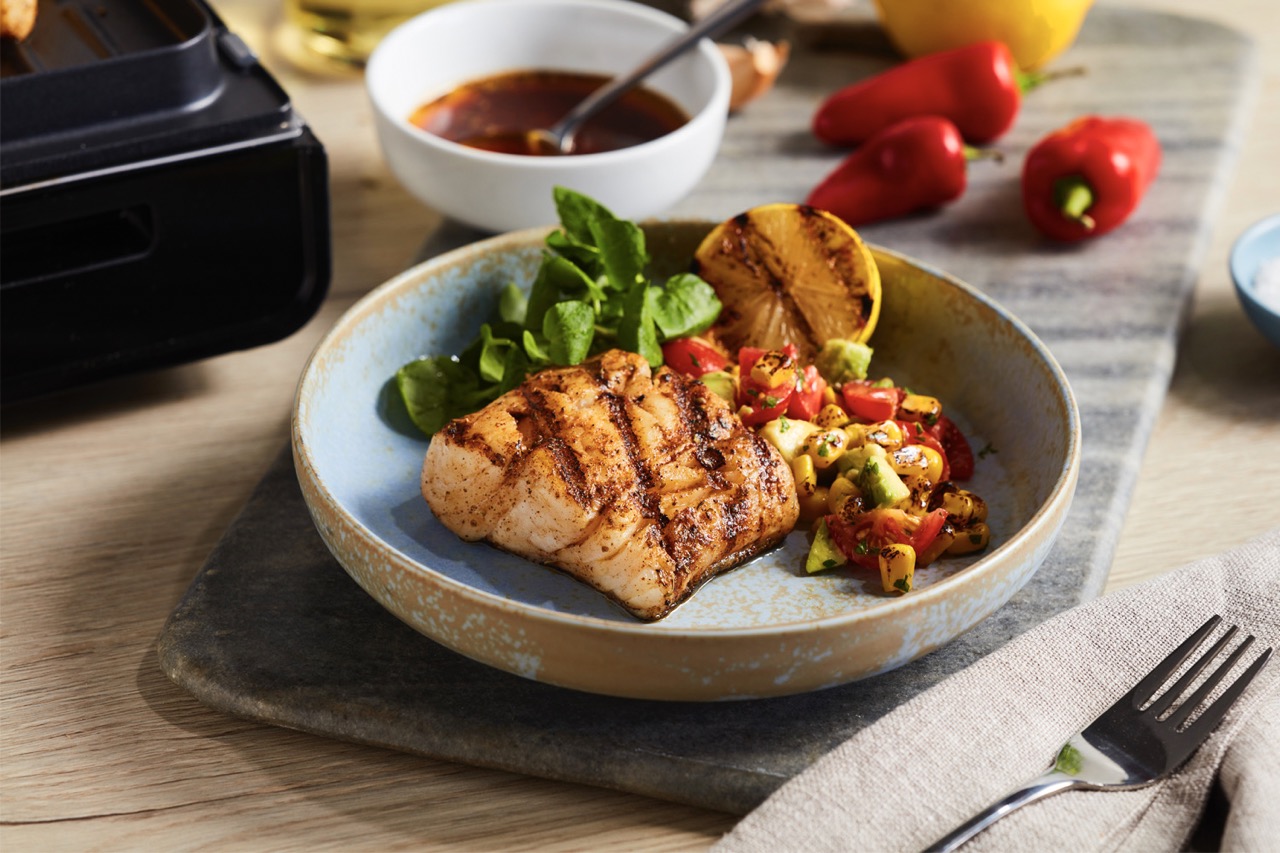
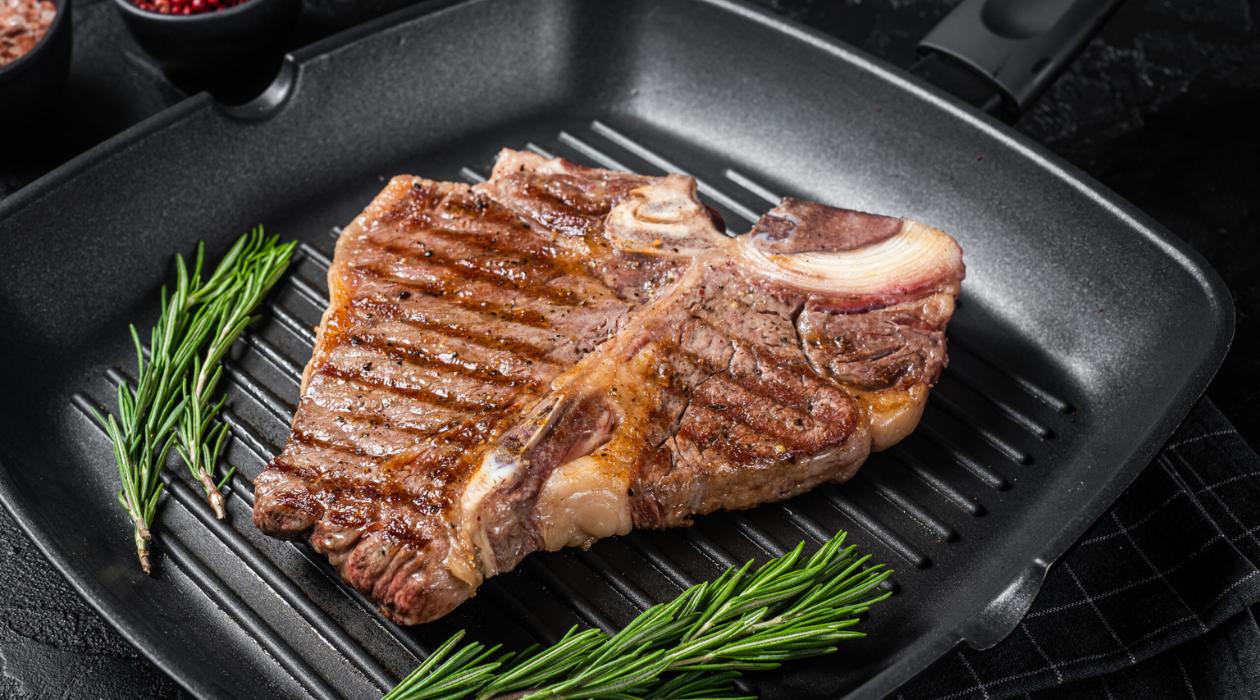
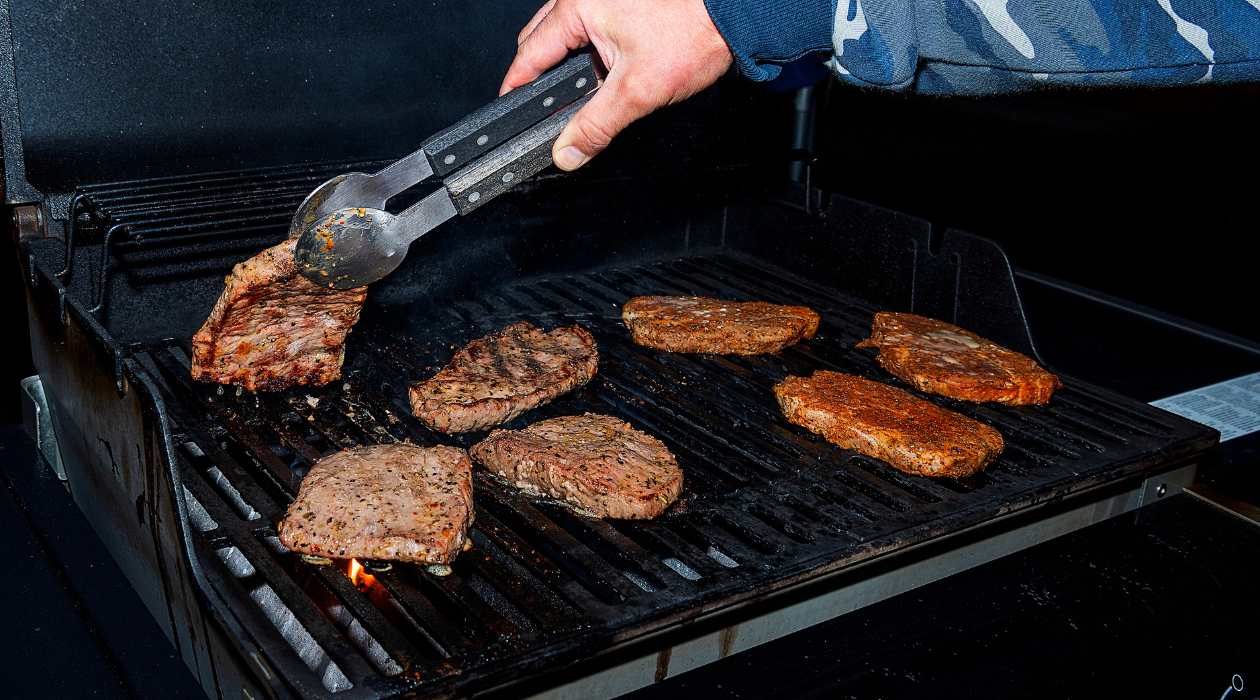
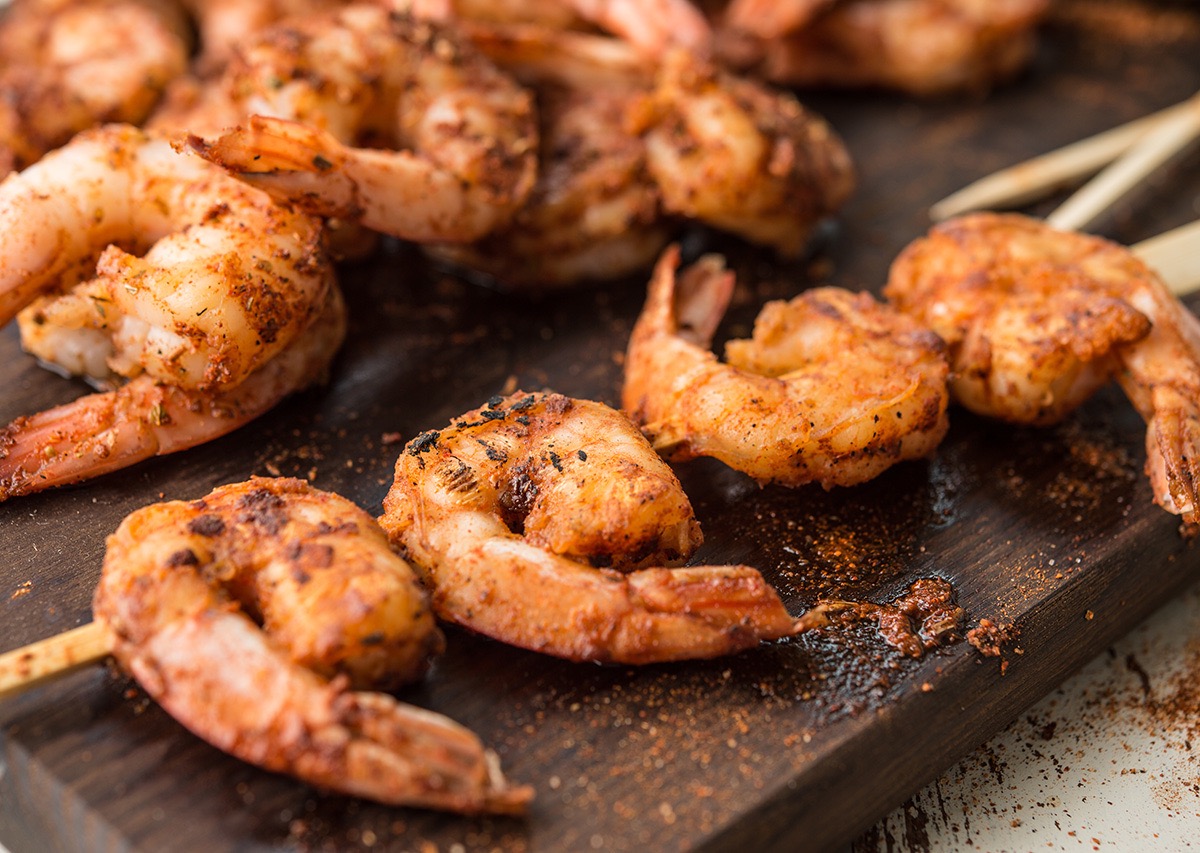

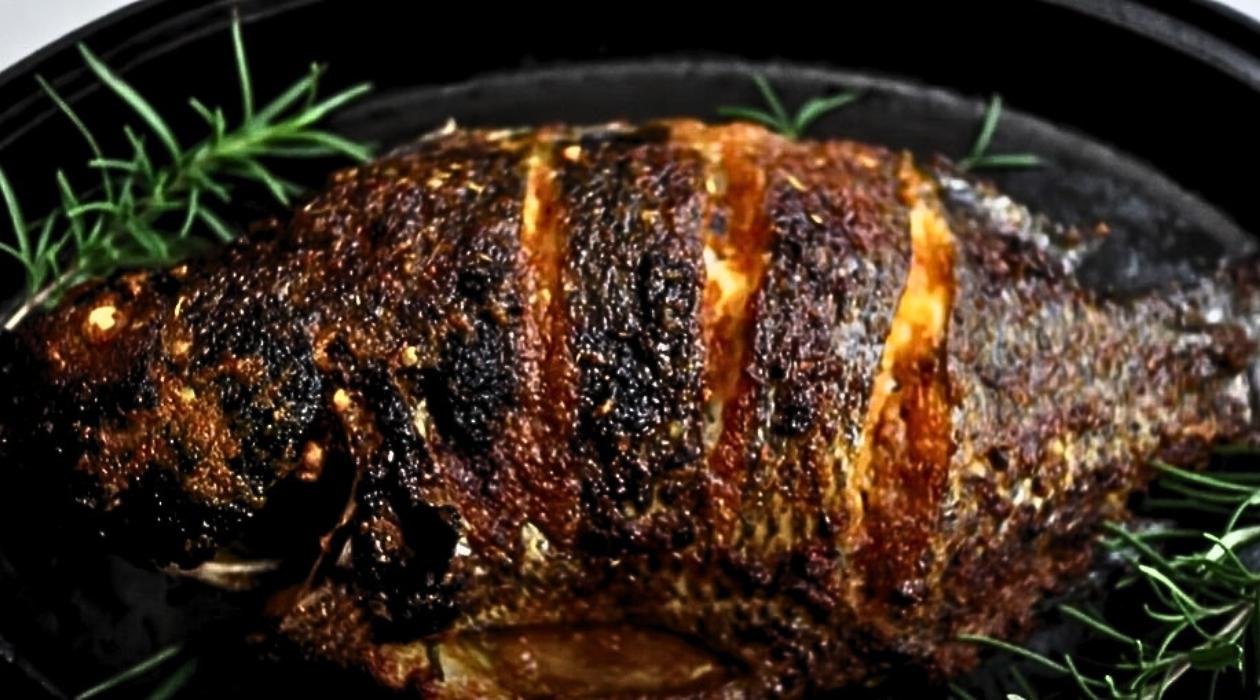
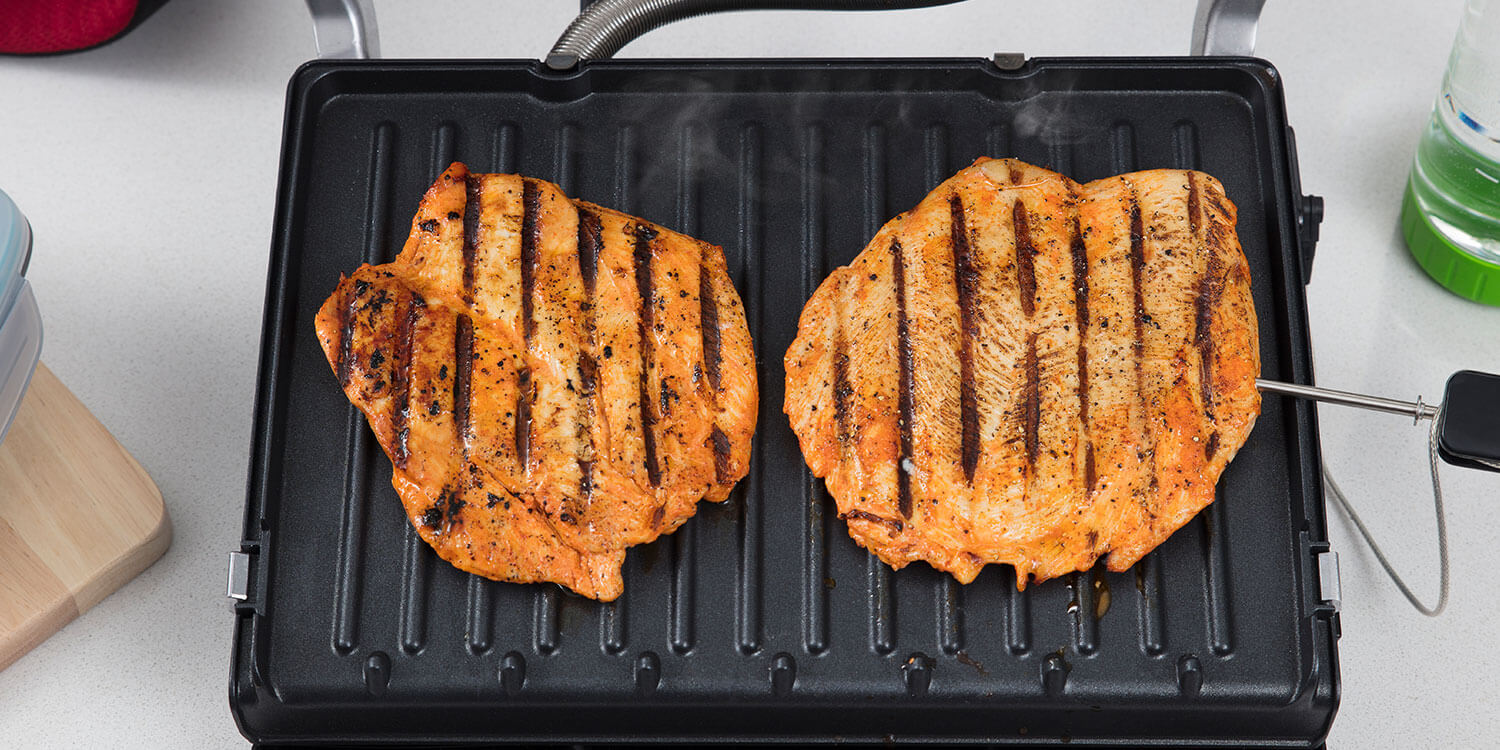
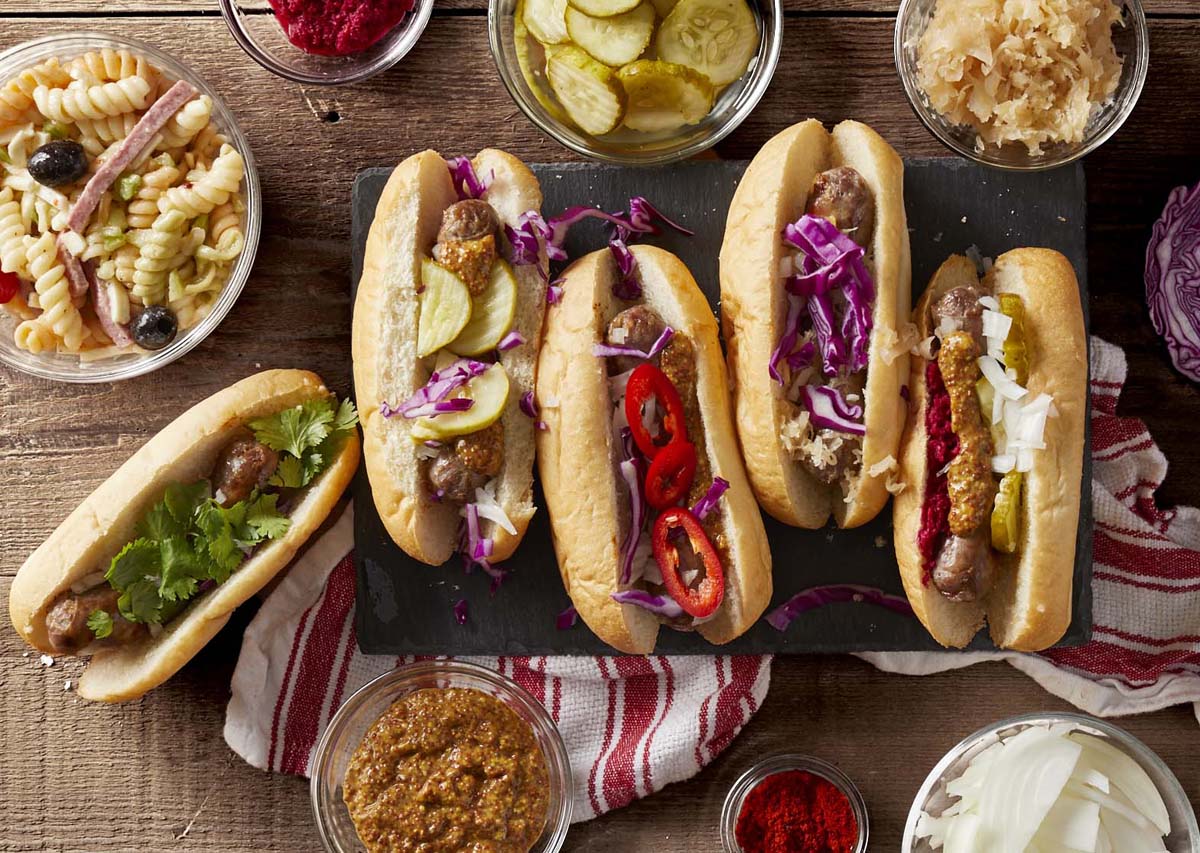
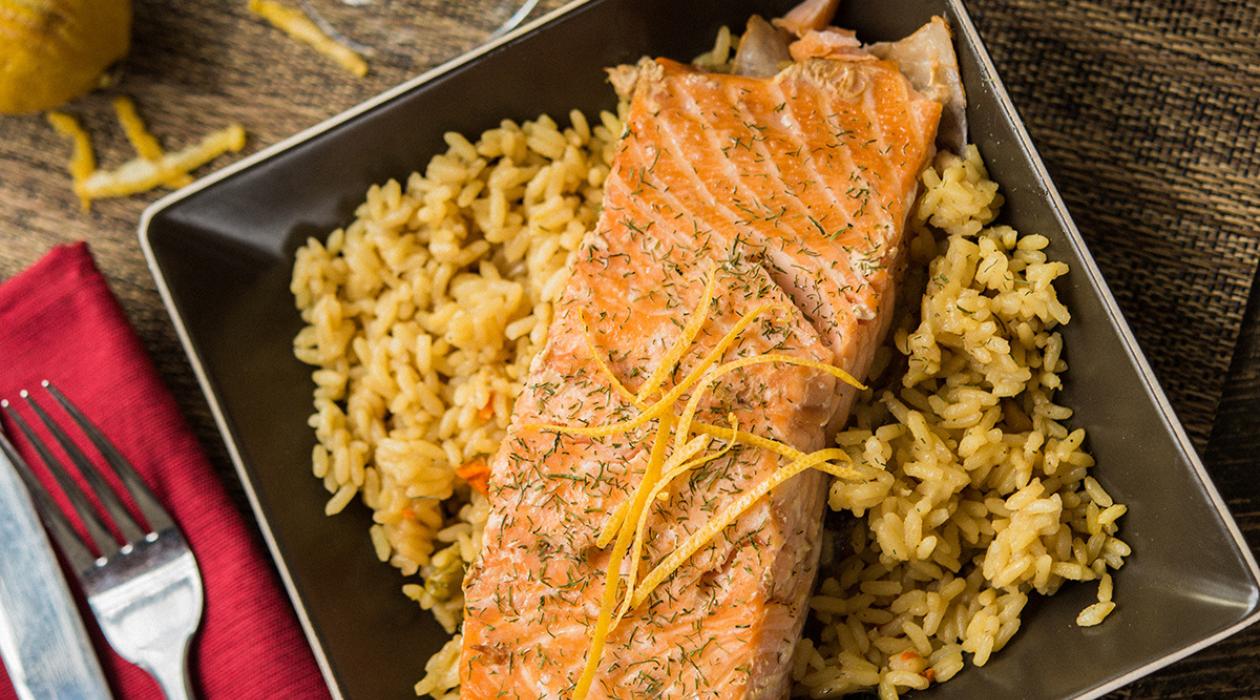
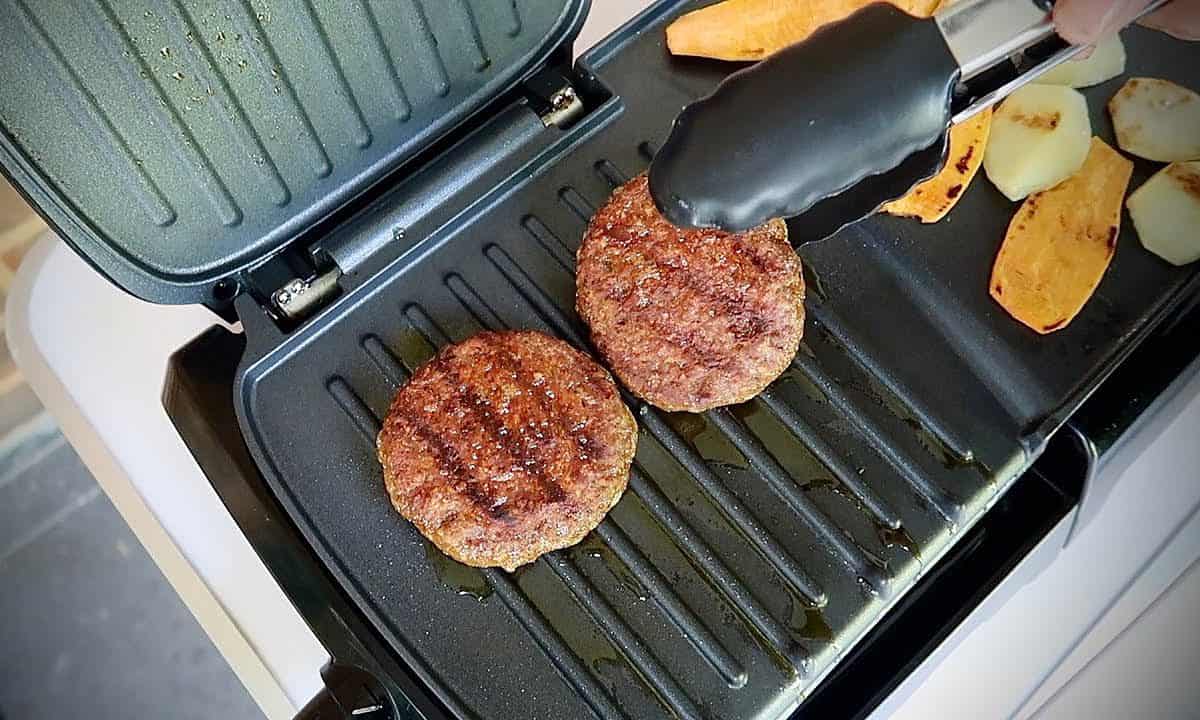
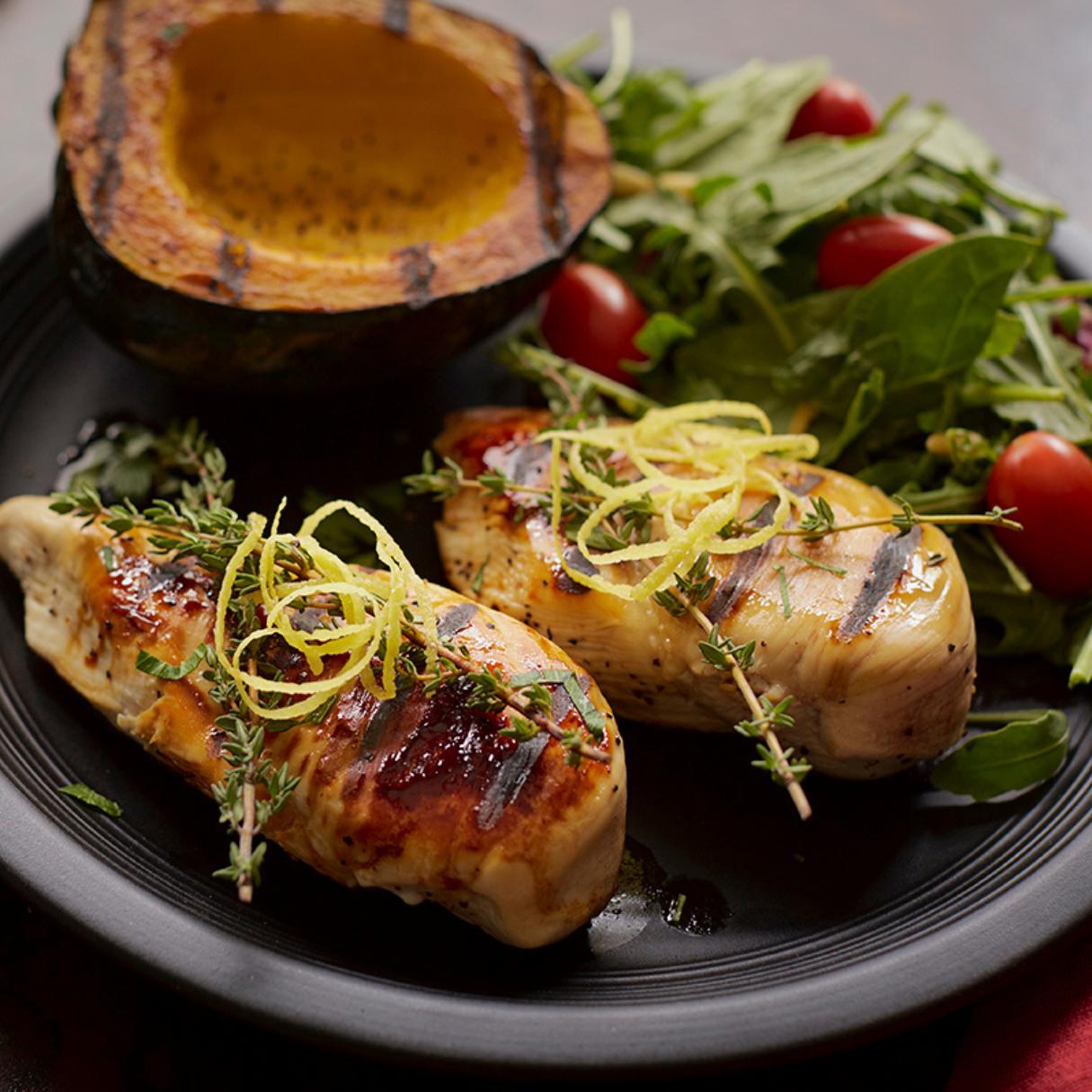

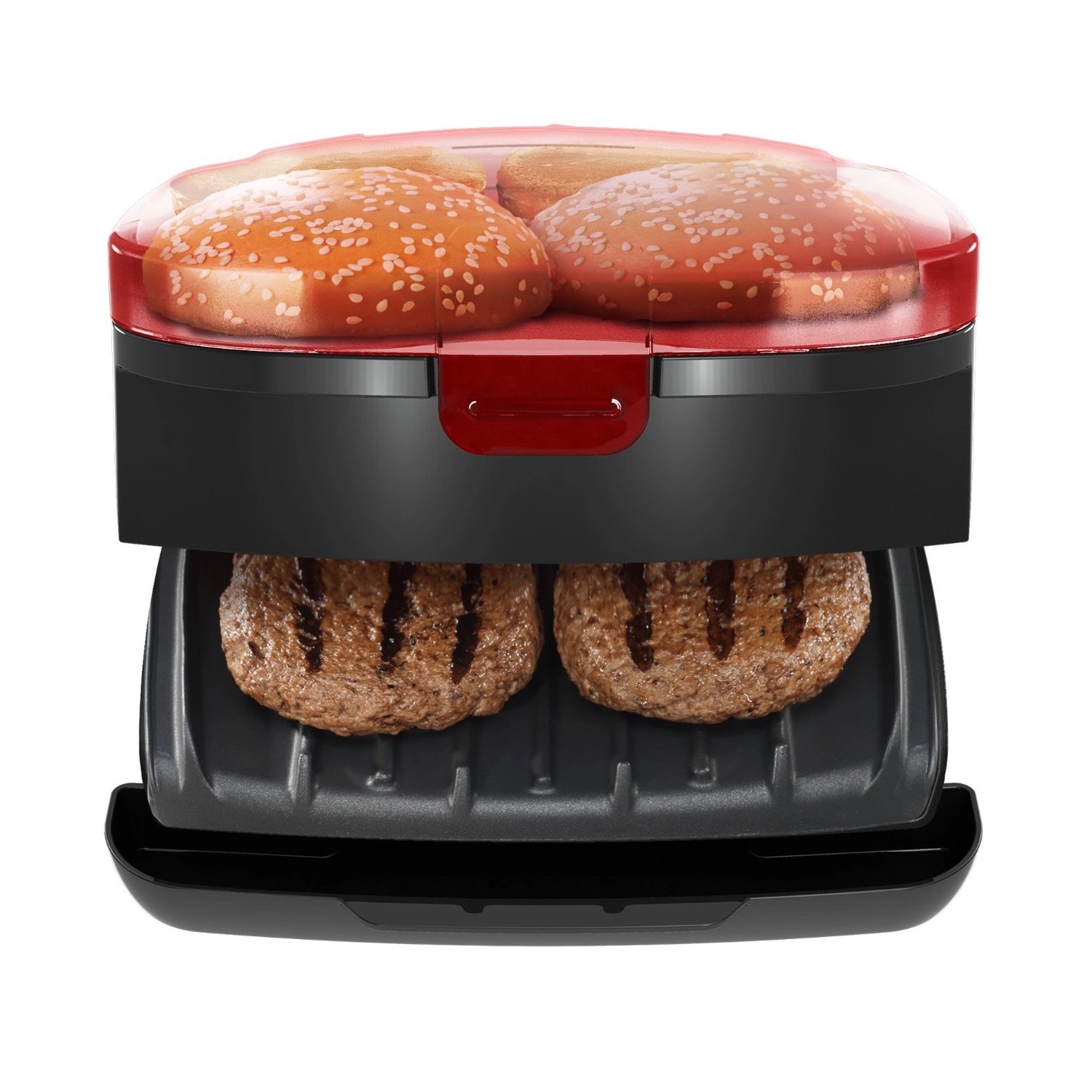
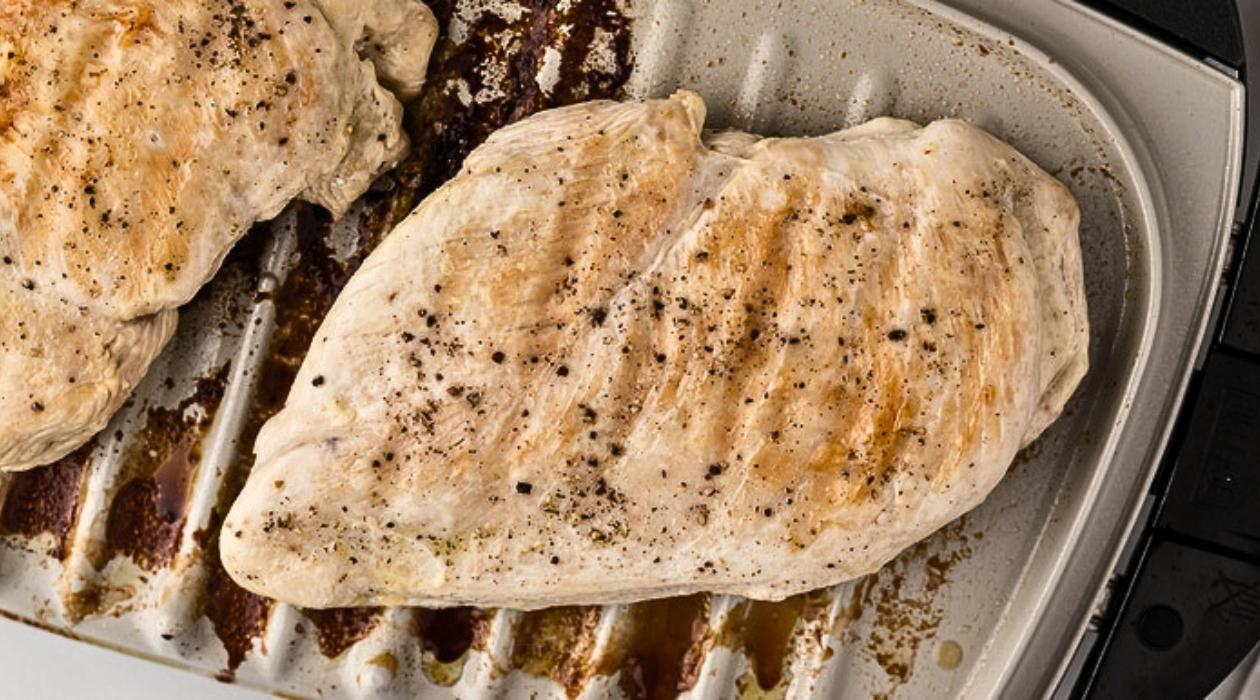

0 thoughts on “How Long Do You Cook Fish On A George Foreman Grill”